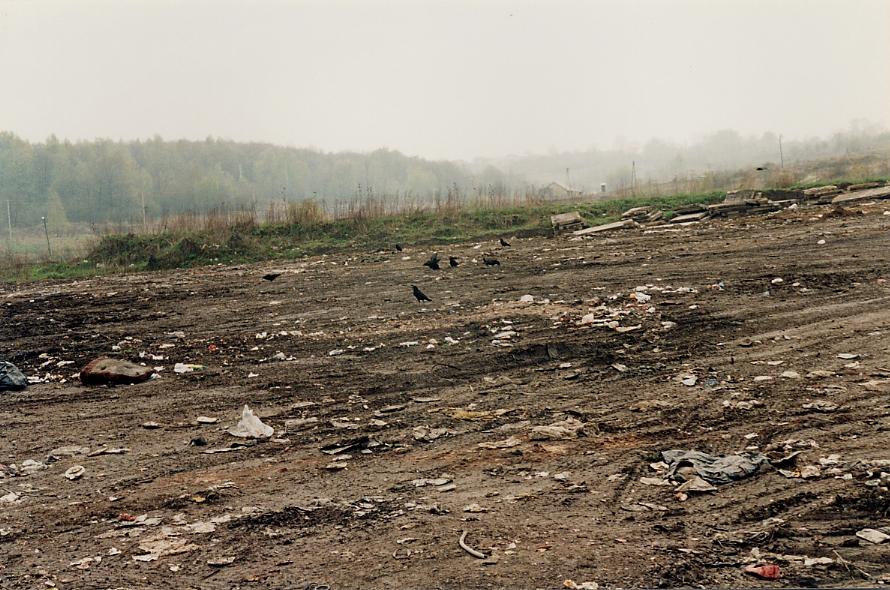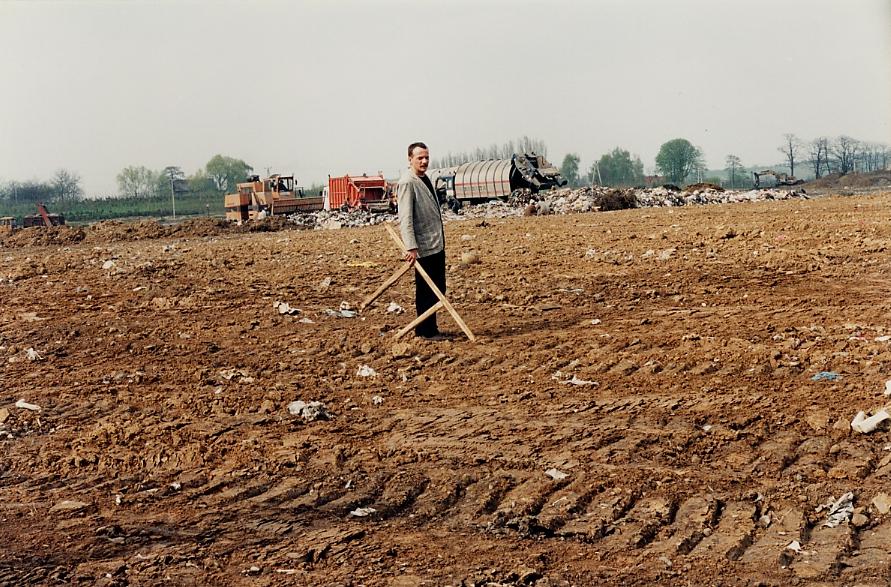Hutagang
WHAT one does is not so important. What is important is HOW one does it. When, at the end of Hutagang, a rubbish tip is transformed into a Zen garden, this happens with the same laconic concentration previously exhibited when observing a neighbourhood of tin shacks and farmyards in Novahuta in Poland. The continuous forward movement in the film from Thomas Baumann and Martin Kaltner structures, it in passing, in three parts. The train journey of the nameless protagonists at night consists, at first, of evening conversations of young men and women. These are organised on the picture level in shots and counter-shots, but are not reflected in the sound track - it is as if they were memories of past times. Faces and details are filmed with a captivating porosity, and writer ... invented jargon and sentence fragments which are engraved into the film in the form of over- and sub-titles are communication apparently drained of meaning. The train driver himself is surrounded by a presence of jungle rhythms which do not quieten until the middle part of the film when they change to observations of nature and factories, made during an overland drive. Finally calm sets in in the last few minutes in sight of an excess of industrial by-products. The loner scratches signs on the ground, which shortly thereafter become wind-blown earth. But long before that the sentences have formed - subsoil is coming to the surface.
Gehfilme are six micro-works wherein Thomas Baumann and Martin Kaltner strode through suburbs and other landscapes without specific goals, but energetically and with a fresh point of view. The "Gang" (walk) in the title of their latest co-production is slightly reminiscent of past marches, but there is already a resonance of "gang" in the English meaning of the word - a heavier conspiracy. One can read Hutagang as an initiation, an abrupt recognition of order in chaotic terrain where it pays to pause for a moment, even when inundated with rubbish. Whether cleaning-up work will begin shortly or the rubbish itself begin to bloom remains moot. At least ambition does not stand in the way of a future blossoming. At present at least a film is made - pictures, sound and montage, and that with a degree of expertise. As I said, WHAT one does is not so important. The important thing is HOW one does it.
(Claus Philipp)
24 hours in the life of a person who comes home from work, spends and has spent the night with friends. The day, and the work, begins with murmur and rumor. Using subtitle techniques, a text in the foreground shows what others think can be found behind it. IN THE FACE OF / SURFACE / SUBSOIL / IS COMING TO / THE SURFACE. (T.B. & M.K.)
Hutagang
1996
Austria
17 min


